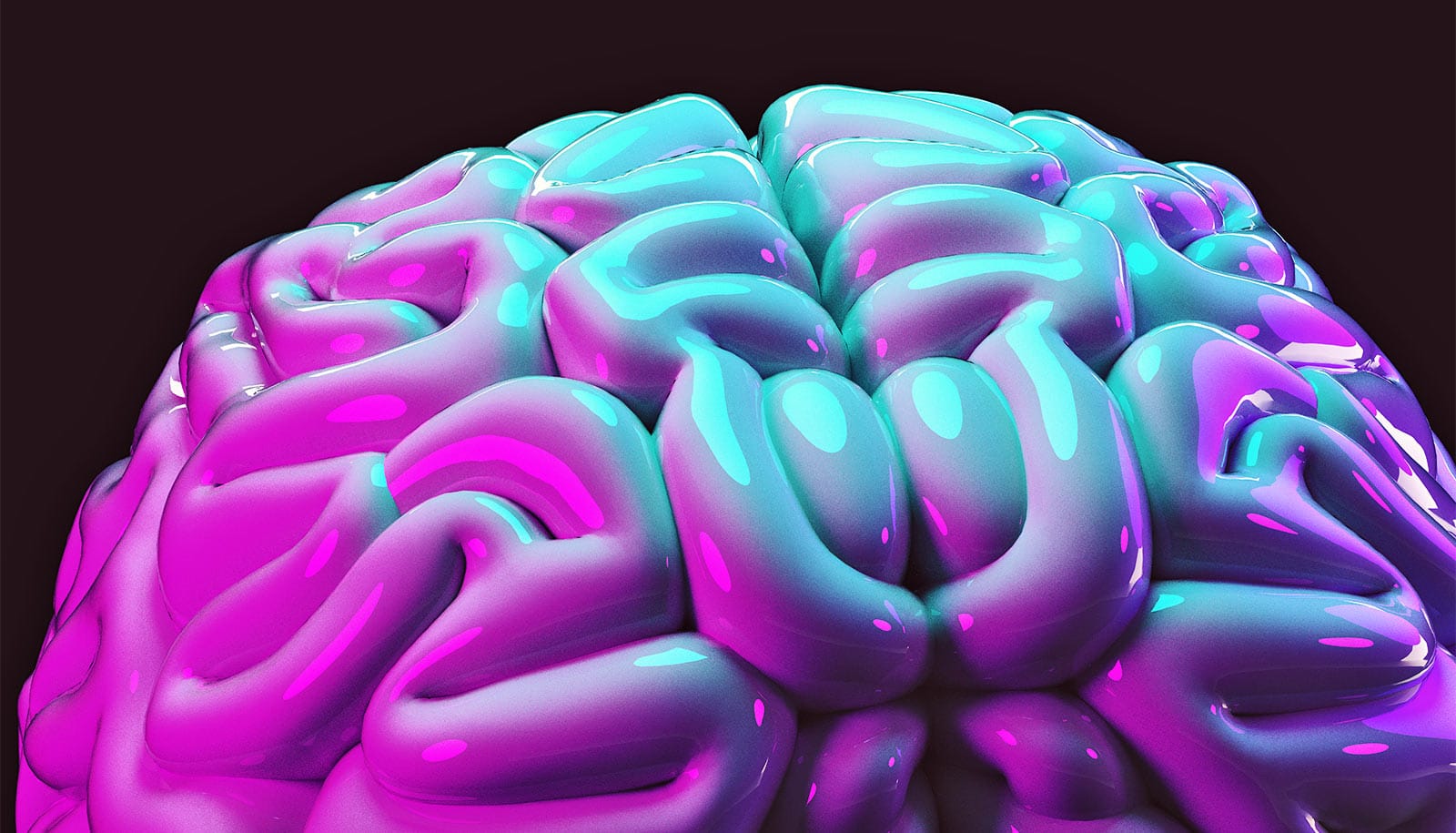A famous experiment left an unanswered question: What was happening in the brain cells of Pavlov’s dogs as they learned that a ringing bell meant it was time to eat?
Scientists have had a working hypothesis, but new research is helping to prove it.
Russian physiologist Igor Pavlov, working in the late 19th and early 20th centuries, showed that dogs can be taught—”conditioned”—to expect food (and therefore to salivate) when presented with a stimulus like a ringing bell.
But how does the brain begin to associate a very brief aural clue with the reward to come?
[Brain regions cooperate to put off reward]
“If you’re trying to train a dog to sit, the initial neural stimuli, the command, is gone almost instantly—it lasts as long as the word ‘Sit,'” says Alfredo Kirkwood, a neuroscientist at the Zanvyl Krieger Mind/Brain Institute at Johns Hopkins University.
“Before the reward comes, the dog’s brain has already turned to other things. The mystery was, ‘How does the brain link an action that’s over in a fraction of a second with a reward that doesn’t come until much later?'”
The working theory has been that invisible “eligibility traces” effectively tag brain cell synapses that are activated by a stimulus, such as Pavlov’s bell or Kirkwood’s “Sit!” With the eligibility trace in place, the hypothesis goes, true learning can be locked in with the eventual arrival of a reward.
For instance: When the dog sits and then gets a treat, neuromodulators like dopamine flood the dog’s brain with “good feelings.” Though the brain has long since processed the “Sit!” command, the eligibility traces left behind respond to the neuromodulators, prompting a lasting synaptic change. The dog has learned that obeying the command brings a reward.
[Odor ‘puffs’ spike neurons in trained locusts]
For the new study, published online in the journal Neuron, researchers were able to validate the hypothesis by isolating cells in the visual cortex of a mouse. When they stimulated the axon of one cell with an electrical impulse, they sparked a response in another cell.
By doing this repeatedly, they mimicked the synaptic response between two cells as they process a stimulus and create an eligibility trace. When the researchers later flooded the cells with neuromodulators, simulating the arrival of a delayed reward, the response between the cells strengthened or weakened, showing the cells had “learned” and were able to do so because of the eligibility trace.
“This is the basis of how we learn things through reward,” Kirkwood says, “a fundamental aspect of learning.”
In addition to a greater understanding of the mechanics of learning, the findings could help enhance teaching methods and lead to treatments for cognitive problems, researchers say.
Other researchers from Johns Hopkins, the University of California, Davis, and the University of Texas at Houston are coauthors of the study. The Science of Learning Institute at Johns Hopkins and the National Institutes of Health supported the work.
Source: Johns Hopkins University


